Moon mission in the Gotthard: how students train in a bunker
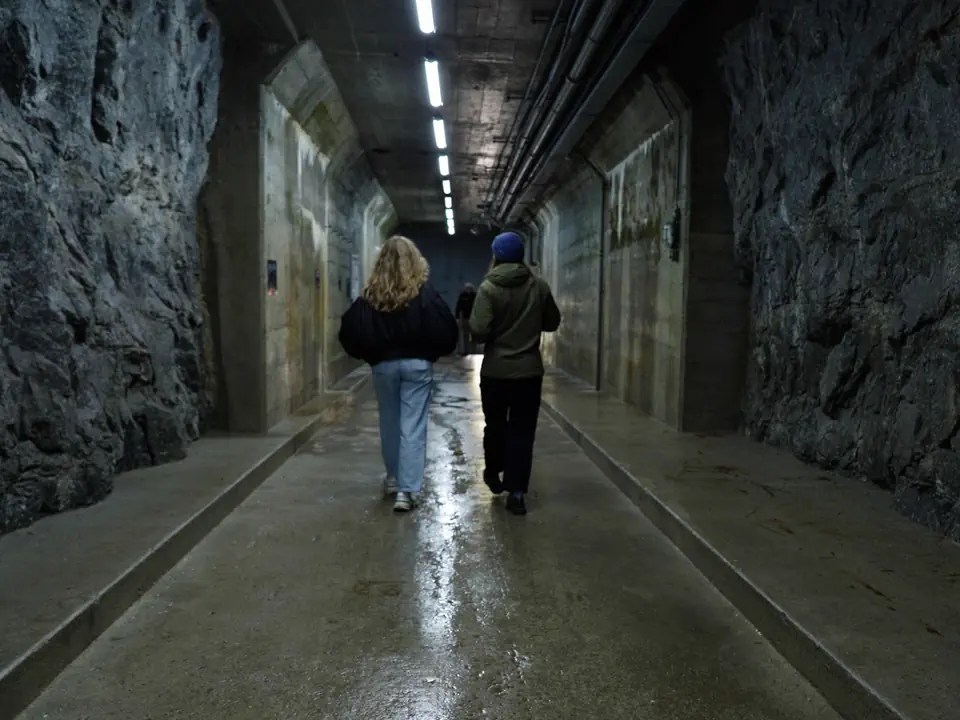
The Asclepios project simulates a lunar mission in Switzerland’s Gotthard mountains, with six students spending two weeks in a bunker. A team at the Mission Control Centre monitors the action, including Swiss medical student Anna Zimmermann.
The rocky landscape of the Gotthard Pass is reminiscent of the surface of the moon. A narrow, dark tunnel leads to a bunker in the Gotthard mountains. After a ten-minute walk through the cold, damp corridors, the students reach the bunker, where they simulate life on the moon for a fortnight. This type of exercise is known as an analogue moon mission.
Six students were selected to spend the time in the bunker. At the same time, other students are working in the Mission Control Centre. All those involved are international students, most of whom have the goal of becoming astronauts one day.
Following a demanding selection process, the students spent a year preparing for this mission. During this time, they got to know each other, grew together as a team and completed various training programmes, including in Italy and Andorra.
However, the path to becoming an astronaut is very difficult. “Becoming an astronaut would be my absolute dream, but I think it’s rather unrealistic,” says Zimmermann, who is part of the mission. In 2021 the European Space Agency (ESA) selected applicants for the first time in 14 years. Out of 23,000 applicants, only five were accepted.
Zimmermann herself is not an astronaut in the bunker during the mission; she works in the Mission Control Centre. The room is reminiscent of a call centre, where the students sit at their desks with headsets to make the process as realistic as possible. As a medical student, she is responsible for the astronauts’ health and is in direct contact with the isolated team members if necessary.
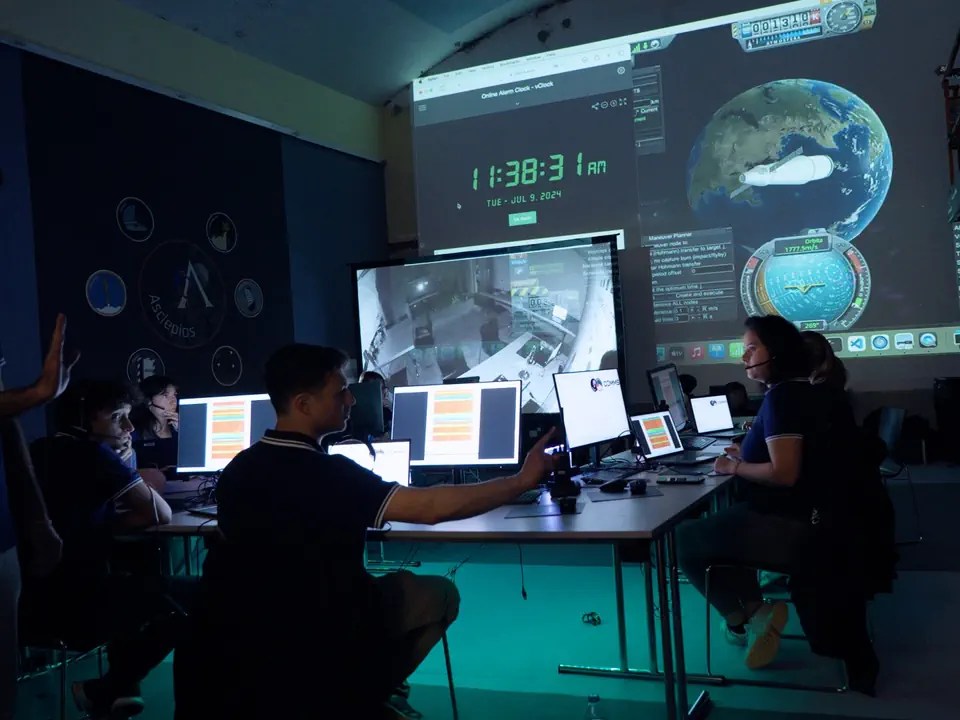
Claude Nicollier
On the day the moon mission begins, the atmosphere in the Mission Control Centre is tense and everyone is highly focused. The analogue astronauts had already spent the previous evening in quarantine to ensure that no pathogens were brought back from Earth – just like on a real space mission.
The analogue astronauts sit in the waiting room until the simulated rocket launch, while they can be observed through a glass pane from the Mission Control Centre. The rocket launch is simulated with the help of a countdown and projected onto a screen. Claude Nicollier, the first and so far only Swiss to have been in space, is also present and accompanies the launch of the analogue moon mission.
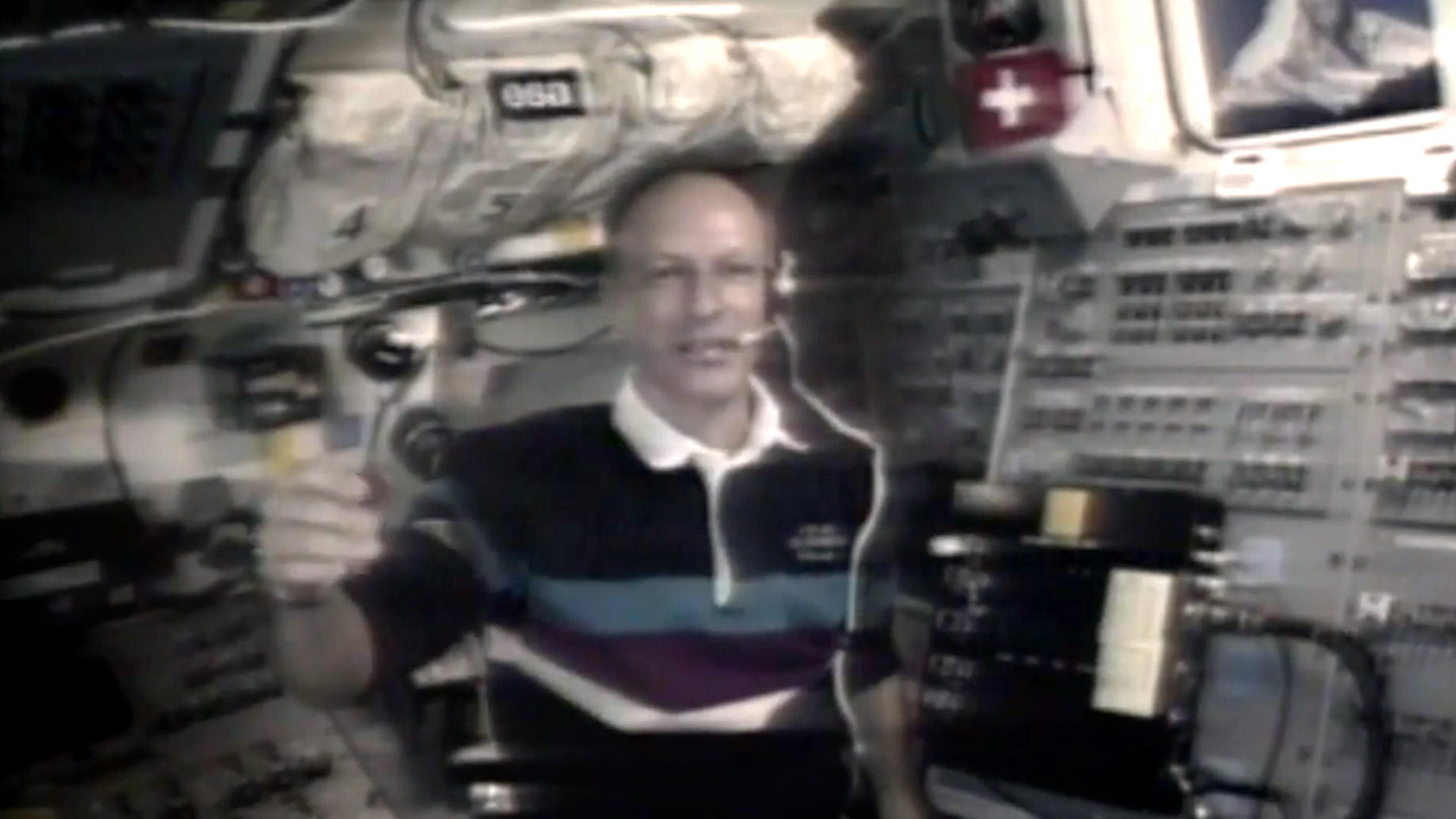
More
When Claude Nicollier became first Swiss in space
Nicollier, 79, is taking on a mentoring role with Asclepios and was involved in the selection process. “The selection of astronauts and the entire training programme are designed to come as close as possible to real space missions,” he says.
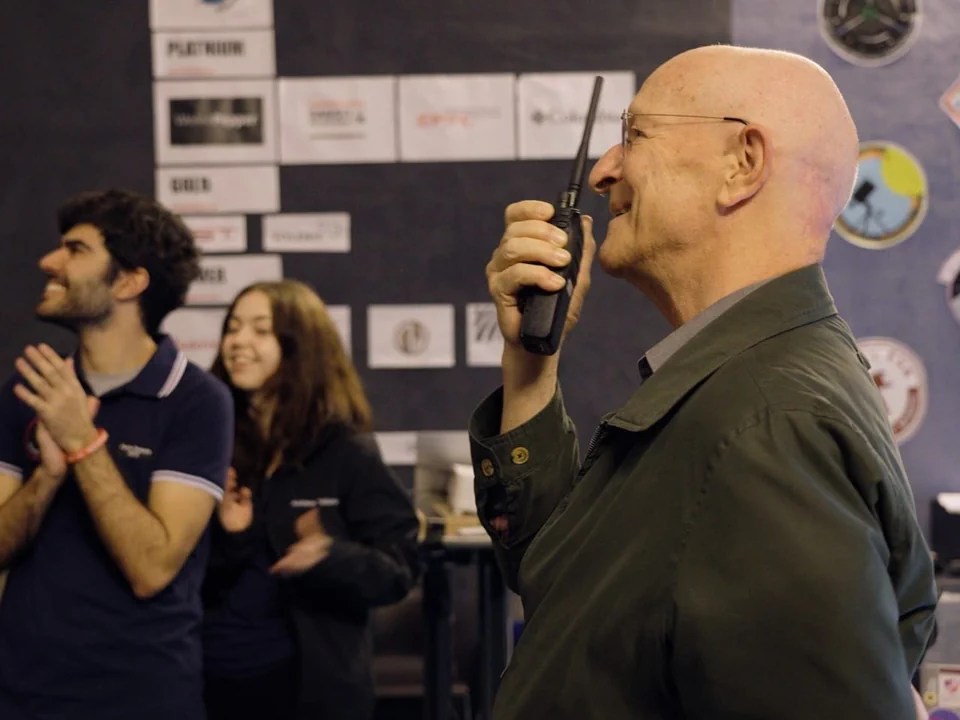
Two-week isolation
During the two-week mission, the participants have to exercise every day to maintain their muscle and bone mass – an essential part of life in space. Another key aspect of the mission is scientific experiments, such as testing wheat varieties that could thrive in lunar-like conditions. These experiments, which are carried out by doctoral students, are part of research being conducted at various universities.
Strict rules and conditions apply in the bunker during these two weeks. “Being able to shower only twice in a fortnight, even though we exercise every day, will be a challenge,” says one of the astronauts. The participants sleep in a communal dormitory and there is no privacy whatsoever. “The isolation and the dehydrated food make the mission very authentic,” adds another analogue astronaut.
In addition to the experiments and isolation in the bunker, outdoor missions are also part of the mission. The astronauts put on space suits and go outside to fulfil tasks that they would also do on the Moon. The only major difference to the real Moon mission is the lack of weightlessness, which cannot be recreated in the simulation.
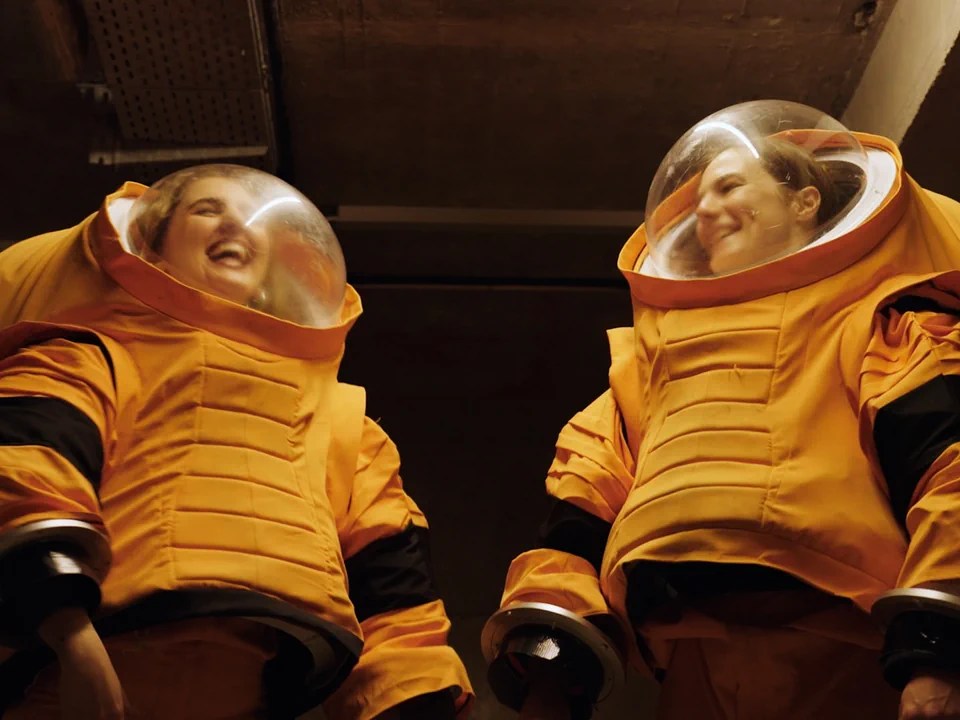
Halfway through the mission, Zimmermann reports on her impressions so far. “A storm was announced and we had to draw up an emergency protocol in order to be prepared for a possible power failure. This would have had an impact on the ventilation and heating. Fortunately, this emergency didn’t materialise and everything went well.”
Once a week, Zimmermann conducts psychological counselling sessions with the analogue astronauts by telephone. She explains that the first few days were particularly challenging, as the processes took longer than expected and the participants got little sleep. “Of course, there are minor arguments from time to time, like bitching, but nothing serious,” she adds.
In addition to her work at the Mission Control Centre, Zimmermann is currently in the selection process for the next Asclepios mission, this time as an analogue astronaut. She is thus working towards getting one step closer to her dream of becoming an astronaut.
Translated from German by DeepL/ts
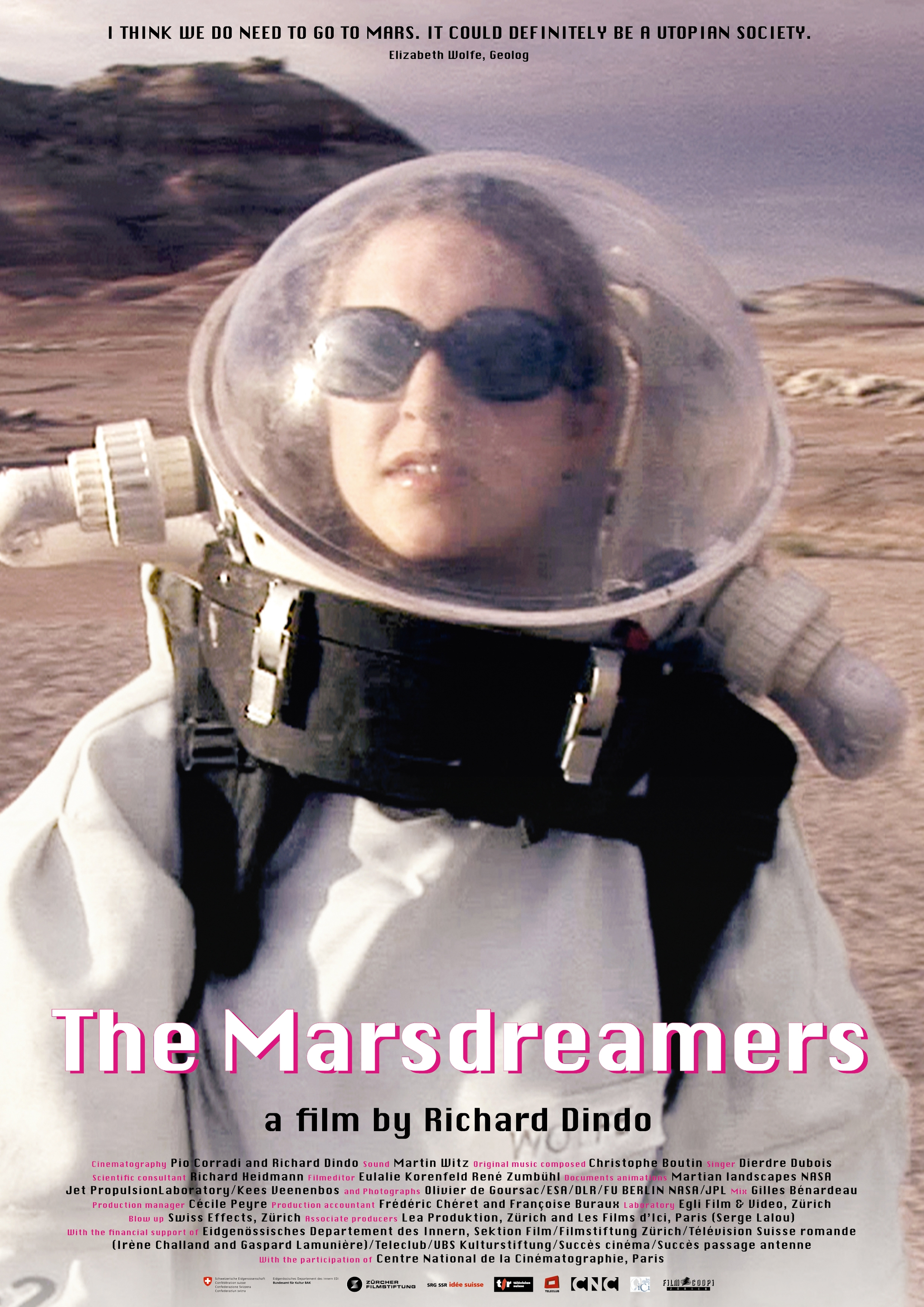
More
A job relocation that’s out of this world

In compliance with the JTI standards
More: SWI swissinfo.ch certified by the Journalism Trust Initiative




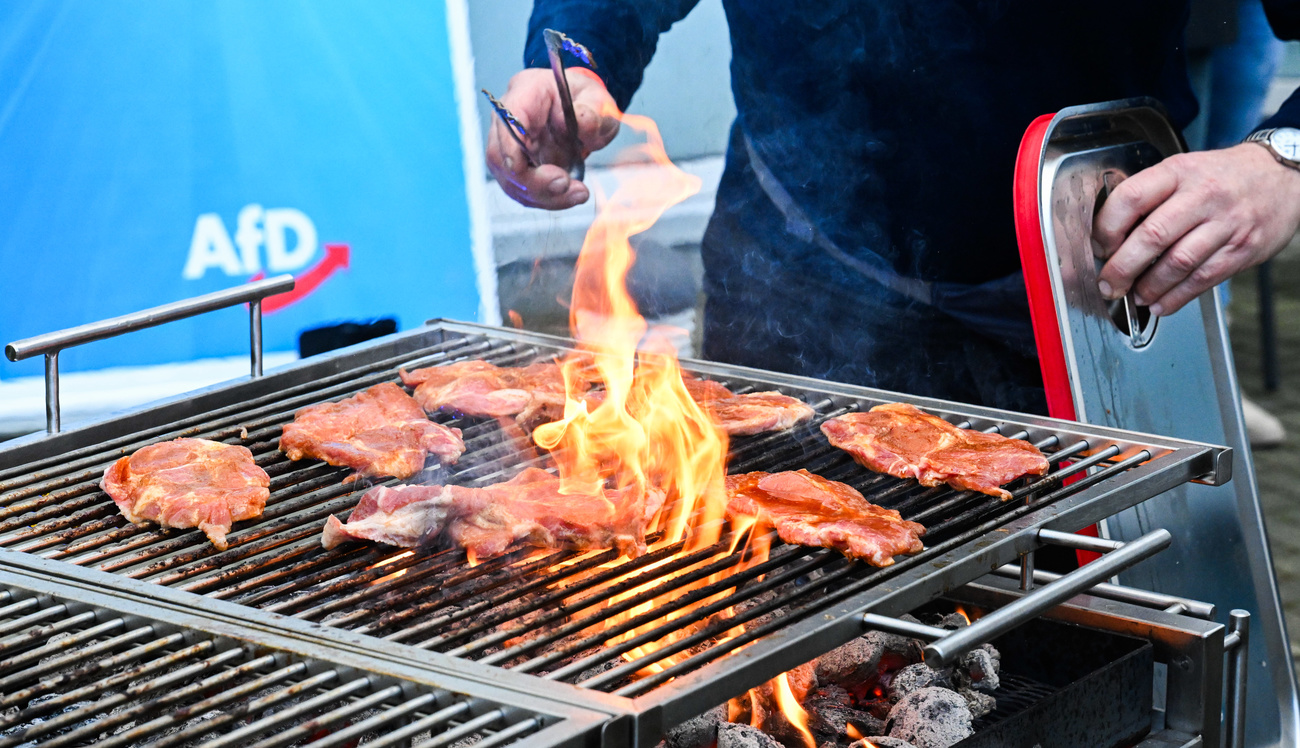



You can find an overview of ongoing debates with our journalists here . Please join us!
If you want to start a conversation about a topic raised in this article or want to report factual errors, email us at english@swissinfo.ch.